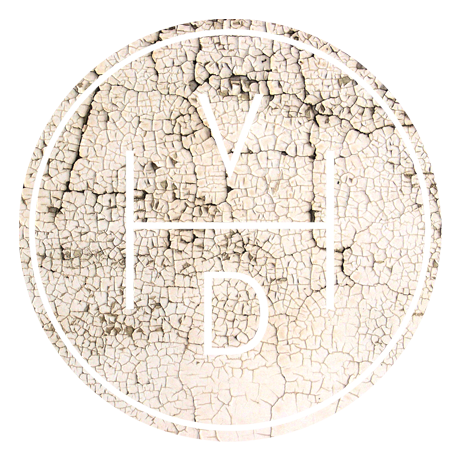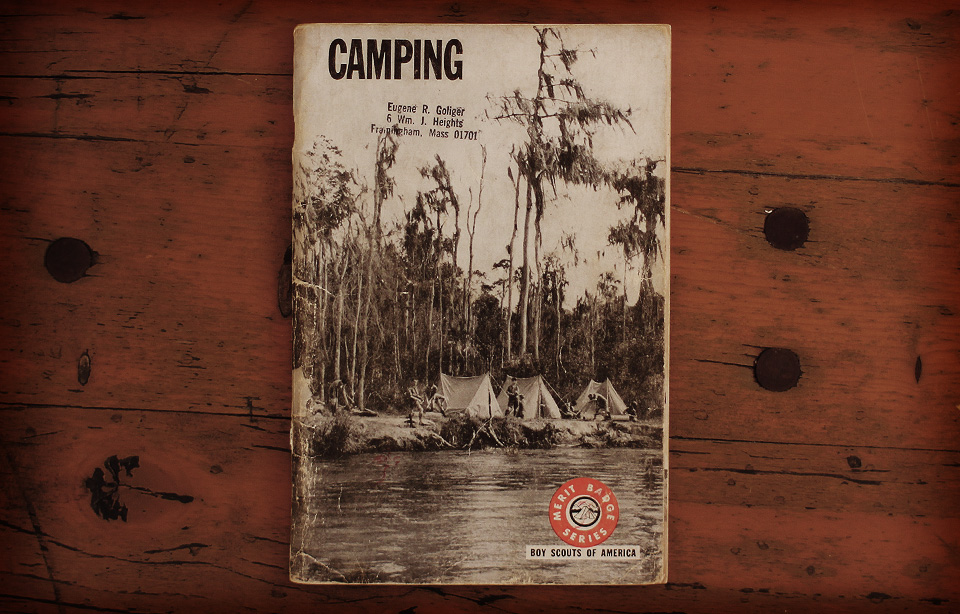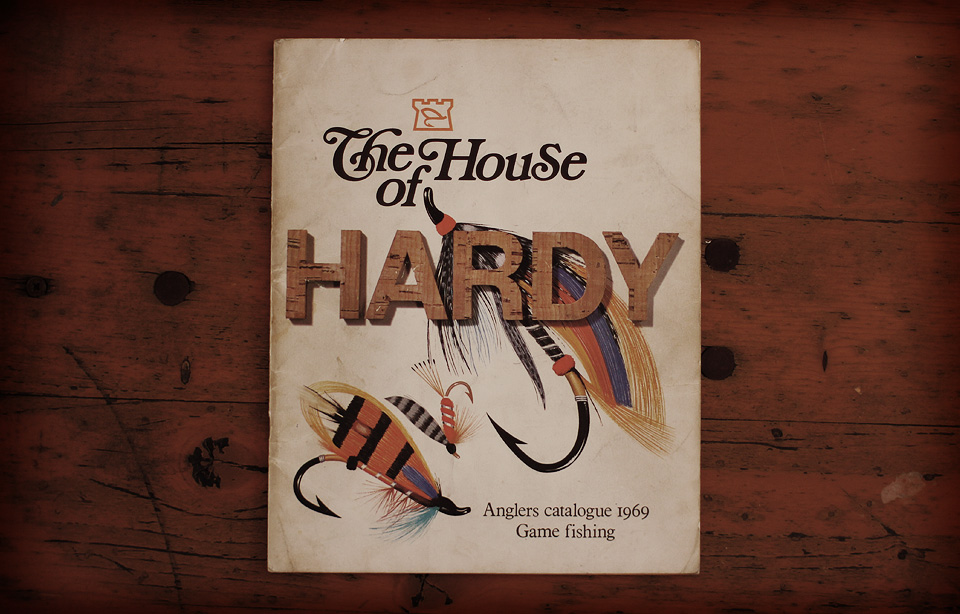I recently spent a couple of nights in Portland, Oregon. Upon arrival I instinctively headed straight for Powell's City of Books and did some serious damage to their outdoors section. During my spree I purchased a copy of "The Tracker" by Tom Brown Jr. To my shame I'd never heard of him before, but the cover looked awesome and there were three different re-prints of this one book so I figured it must be something special.
It turns out I was right - what a great read. It follows Brown and his friend Rick through their childhood as they learn to live with the woods and develop their skills in tracking and wilderness survival. They are guided by Rick's grandfather, a Native American called "Stalking Wolf," and as they unravel his cryptic challenges, each one created to hone their outdoor skills, they learn to become "one with the Spirit-That- Moves-Through- All-Things."
This book is about learning to live in harmony with nature, Brown states that - "Stalking Wolf often told us that nature would never hurt us as long as we went with it and did not panic. As long as we were in tune with nature we were invulnerable." Following this seemingly simple rule Brown travels the country, living off the land and learning all he can as he grows into one of the countries most qualified trackers and outdoorsman.
"The Tracker" is vividly written and Browns stories are truly incredible and engrossing, I'm excited that he has an extensive list of publications for me to get stuck into. Brown has now helped track and find countless missing people, dangerous animals and fugitives of the law throughout the USA. He founded the Tracker School in 1978 from Pine Barrens in New Jersey where he teaches the skills he learned and developed.
















